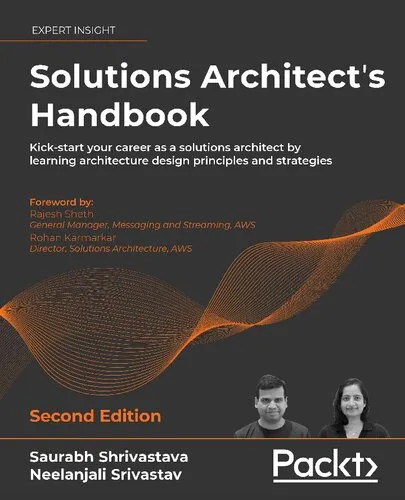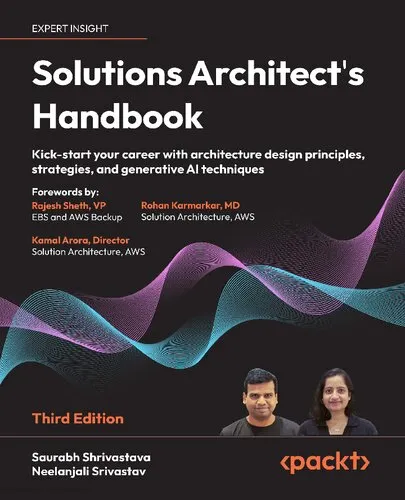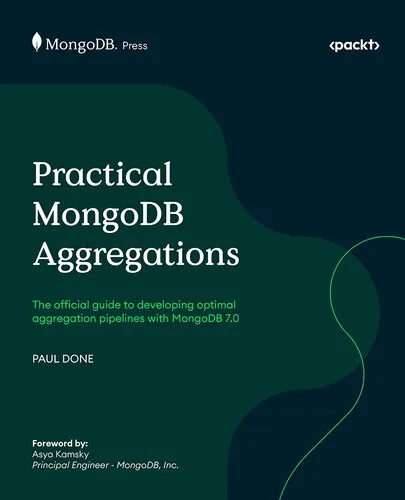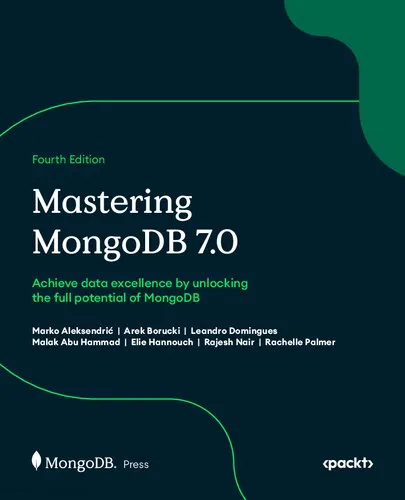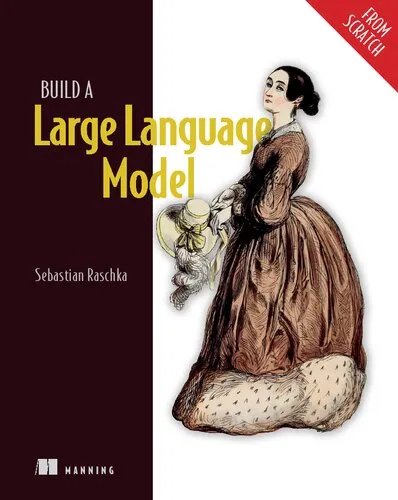European Urology
4.7
Reviews from our users

You Can Ask your questions from this book's AI after Login
Each download or ask from book AI costs 2 points. To earn more free points, please visit the Points Guide Page and complete some valuable actions.Related Refrences:
Analytical Summary
European Urologypp.331—336 is an authoritative segment of scholarly work grounded in extensive clinical experience and rigorous analysis. Authored by R. Houston Thompson, Brian R. Lane, Christine M. Lohse, Bradley C. Leibovich, Amr Fergany, Igor Frank, Inderbir S. Gill, Steven C. Campbell, and Michael L. Blute, this piece occupies a critical niche in European urology literature and is aimed at advancing understanding of complex urologic interventions.
The content in these pages engages readers with a meticulous exploration of renal oncology and minimally invasive urologic surgery. The authors combine observational data, interpretive statistics, and nuanced clinical judgment to deliver insights precise enough for academic application and practical enough for the operating theatre. While the exact publication year is information unavailable due to no reliable public source, the breadth and sophistication of the methodologies suggest a contemporary approach aligned with evolving standards of care.
This analytical section introduces a compelling blend of evidence-based discussions and pragmatic instruction. By situating their discourse within both the European urology community and the global surgical arena, the authors highlight the interplay between technological innovation and patient-centered outcomes. Their work stands as a relevant touchstone for professionals seeking reliable perspectives on the management of renal masses, patient selection criteria, perioperative strategies, and long-term prognostic considerations.
Key Takeaways
Readers will encounter several pivotal lessons and professional insights within European Urologypp.331—336, each bearing direct implications for clinical excellence.
First, the text emphasizes a multidimensional evaluation of patient cases, underscoring that optimal outcomes are achieved through a synthesis of imaging data, histopathological understanding, and patient-specific risk assessment.
Second, minimally invasive approaches are presented not as a universal solution but as a strategic choice informed by tumor characteristics, anatomical feasibility, and surgeon expertise. This balanced view guards against overgeneralizing technological capabilities.
Third, renal oncology principles are reframed in the context of quality-of-life considerations. The discussion acknowledges that extending survival must be harmonized with preserving functional capacity.
Fourth, interdisciplinary collaboration is highlighted as a cornerstone of modern urologic practice, ensuring that surgical decisions are enriched by diverse specialist inputs.
Memorable Quotes
"Precision in surgical planning is the ally of both patient and practitioner." Unknown
"Minimally invasive surgery is a discipline where restraint can be as powerful as intervention." Unknown
"Interdisciplinary dialogue is the lifeline of progressive urologic care." Unknown
Why This Book Matters
European Urologypp.331—336 holds particular importance for professionals committed to elevating their practice within the competitive and rapidly evolving field of urology.
Its deliberate focus on renal oncology and minimally invasive surgical innovation enables readers to contextualize their own clinical strategies against a backdrop of peer-reviewed expertise. By integrating theoretical constructs with applied methodology, the authors create a framework for decision-making that is both rigorous and adaptable.
For academics, the text offers a wellspring of data points and interpretive angles suitable for further study. For surgeons, it operates as a reflective mirror, inviting assessment and refinement of one's operative repertoire. For multidisciplinary teams, it serves as a shared reference point that can synchronize disparate perspectives into coherent patient care pathways.
Inspiring Conclusion
European Urologypp.331—336 encapsulates the intersection of science, skill, and patient advocacy, making it a valuable resource worth revisiting in both study and practice.
By distilling complex surgical and oncologic concepts into accessible yet rigorous discourse, the authors ensure that their work resonates with surgeons, researchers, and multidisciplinary collaborators. This text encourages readers to not only absorb its lessons but to translate them into tangible improvements in clinical care. Engage with European Urologypp.331—336 in your professional circles, share its insights, and discuss its applications—because progress in urology thrives when knowledge is actively exchanged and applied.
Free Direct Download
You Can Download this book after Login
Accessing books through legal platforms and public libraries not only supports the rights of authors and publishers but also contributes to the sustainability of reading culture. Before downloading, please take a moment to consider these options.
Find this book on other platforms:
WorldCat helps you find books in libraries worldwide.
See ratings, reviews, and discussions on Goodreads.
Find and buy rare or used books on AbeBooks.
1046
بازدید4.7
امتیاز0
نظر98%
رضایتReviews:
4.7
Based on 0 users review
Questions & Answers
Ask questions about this book or help others by answering
No questions yet. Be the first to ask!

